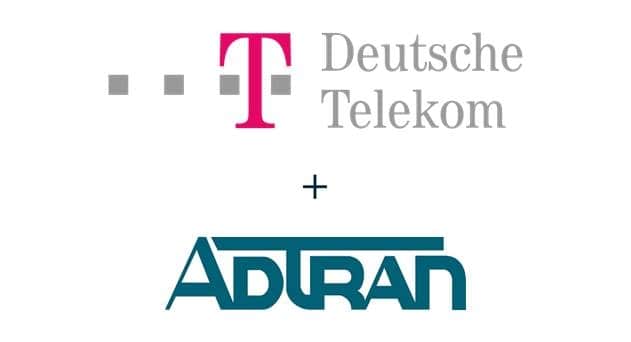ADTRAN announced the start of lab testing of the latest innovations in the G.fast standard, 212MHz and coordinated dynamic time allocation (cDTA) together with
DT is evaluating these ultra-broadband technologies using Fibre-to-the-Building (FTTB) deployment models allowing the use of existing cable infrastructure within the home. This will allow the rapid deployment of ultra-fast and gigabit broadband services with minimal disruption. The low cost per subscriber connection pays directly into achieving European Commission’s
In contrast to cable systems, the bandwidth of G.fast is dedicated and available for each customer. The tests, leveraging the first commercially available 212MHz DPU also demonstrated the second phase of DTA. cDTA, like the earlier iDTA feature, improves G.fast upstream performance by four to five times by dynamically balancing upstream and downstream capacity to match residential traffic patterns in real-time. cDTA also expands the applicability of this feature to existing phone wiring, thus covering nearly all residential and commercial premises.
These two most recent G.fast advancements, 212MHz and cDTA, extract even greater overall performance from an operator’s existing assets, and in many scenarios, eliminates the need for full FTTH for years. For the first time, these G.fast innovations enable service providers to more rapidly and cost-effectively extend symmetric gigabit services and expand ultra-fast broadband to the wider market.
Jay Wilson, SVP, ADTRAN
Operators in highly competitive, dense urban or urban environments are challenged to extend gigabit services due to the time and cost that can be associated with pure play FTTH techniques. With G.fast innovation, operators, such as DT, can significantly accelerate




















